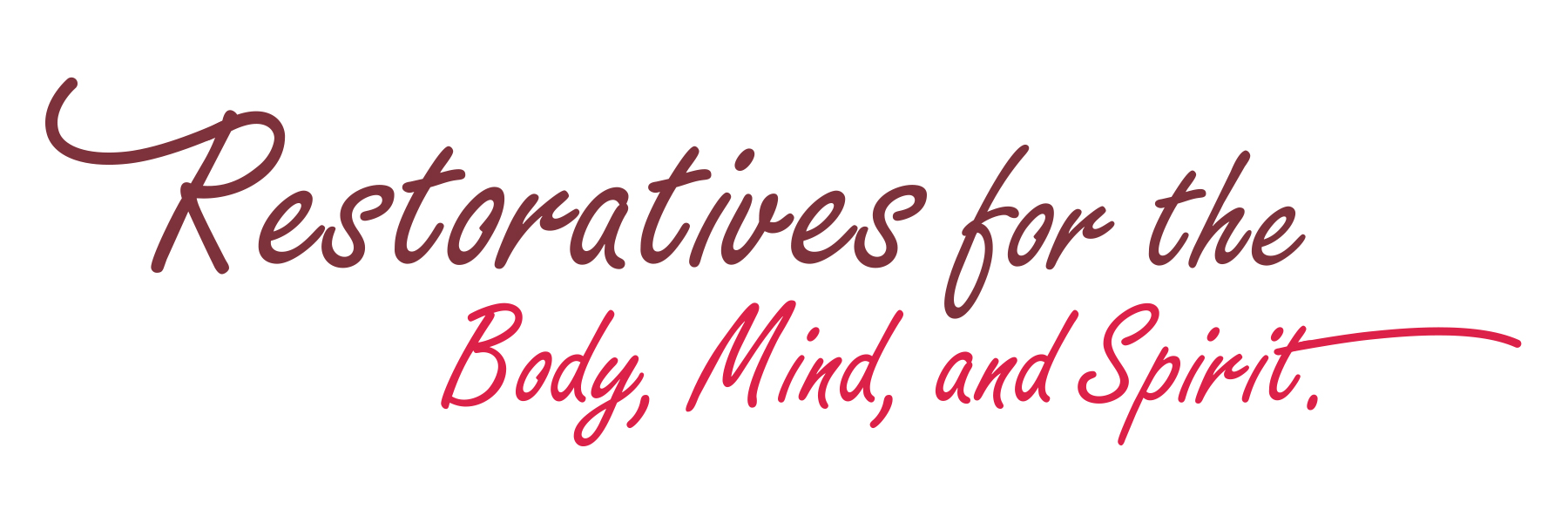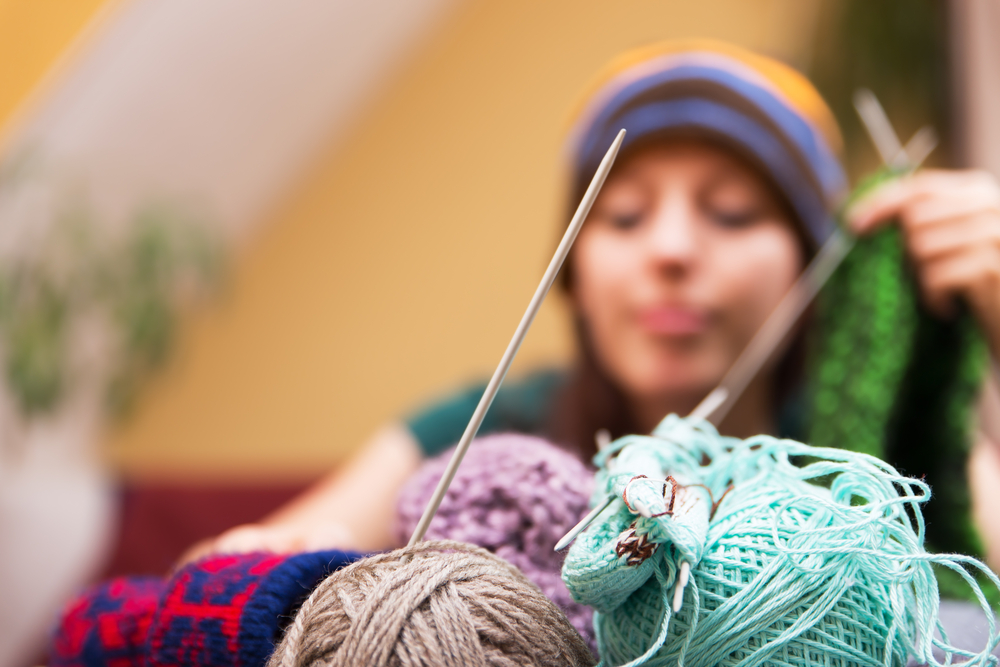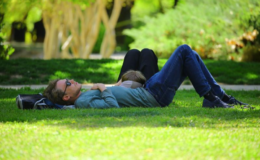“Life begins at the end of your comfort zone.” — Neale Donald Walsch
In college, one of my best friends was studying for a fashion degree. During our final semester, in the spring of 1997, she suggested I join her in a millinery class to learn hat making. I’d done a little sewing — I knew my way around a sewing machine, could replace a button, fix a seam. As a lover of fashion, and having been constantly intrigued by her classes over the previous four years (so different to my own), it seemed like the perfect ending to my college years — fun and a bit frivolous. How hard could it be?
Turns out that admiring hats is very different from making them — it was, in fact, the opposite of fun or frivolous. No matter how many notes I took, questions I asked, or help I requested, a huge disconnect occurred between what I dreamt up and what I watched my hands form. Somehow I made it through eight weeks, and, mostly due to my friend’s intervention with needle and thread, eked out a passing grade.
But of all my college classes, I might remember FASH405 the fondest. It remains one of the most excruciating but beneficial courses I’ve ever taken, because it reinforced lessons more important to me than bespoke hat making:
- humility;
- how to laugh at myself;
- the world didn’t end because I wasn’t perfect at everything I set my hand to.
We are naturally drawn to things we are good at and enjoy. But while playing to our strengths may be comforting, it’s also one-sided. Focusing on new tasks — in particular, ones we’re not at ease with or good at — can be the ones that accelerate true growth for adults. And the lessons learned may be far removed from the original skill we set out to master.
Hobbies are a perfect way to let go of the stress of our day-to-day lives, free of the “must dos” of work, parenting, chores, or other responsibilities. They, like any new challenge, literally rewire new pathways in our brains — making us more intelligent overall. Yes, even a C- in millinery helped make me smarter. The same can be true of picking up a guitar, even if you’ll never be inducted into the Rock and Roll Hall of Fame; or taking acting classes, even if the only Academy Award speech you’ll ever give is in front of your bathroom mirror. We reap the rewards of pursuing a hobby — relaxation, being present, finding flow, adding enthusiasm and zest to our regular lives — whether we’re good at it or not.
It’s really about relishing the journey more than the destination and letting go of the maxim that satisfaction depends upon perfection or even monetization. I’ve practiced yoga for more than 20 years but still can’t get both feet off the ground in crow, nor execute a headstand. I love to craft but no one who’s seen my projects has ever wanted to buy them off me. But I enjoy both hobbies immensely and can’t imagine my life without them. They help me find balance and express myself creatively. I may be “bad at them,” but they still feel pretty good, and, crucially, I’m still learning and progressing bit by bit.
Willingness to do something poorly also allows me to sympathize with others who struggle with what comes naturally to me. In that same hat-making class, I helped another senior write a description of her final project. She looked at me the same way I’d looked at her whipstitch her velvet beret — like I had mysterious powers. I try to remember that lesson and practice patience with others, remembering that what I find easy — whether that’s baking a cake or playing air hockey — is, in fact, not easy for everyone. We are all blessed with different gifts. By spending time outside our comfort zone, we encounter many different types of talents to admire and even emulate.
I’ve never returned to hat making, but I held on to my favorite — a straw bucket-style. Over several classes, I’d wet and softened the straw until it became pliable. I stretched it over the wooden hat block, then, when dry and formed, sewed a wide black ribbon around the crown. I carefully stitched in the slim hat band, and, at last, took it up to the professor for grading. I felt sure that finally, in the last week of the semester, I’d made a masterpiece.
The kind but bemused instructor was less convinced. I’d located the straw’s seam front and center, not around back where it should have been. I’d not used the proper stitch on the hat band, and had left a gap between the ribbon on the outside. In her eyes, this English major had failed, again, to grasp basic millinery tenants.
But in my opinion, that straw bucket is my magnum opus. Unlike every other hat I made that semester, this one matches exactly the picture I had in my head. I love wearing it. I love telling people I made it. Most don’t notice the wonky seams or lack of precision, they just want to know more about what it’s like to make a hat from scratch.
I’ll probably never be a professional milliner or yogi, nor sell my crafts on Etsy. But I hope I’m a wiser, more sympathetic, more clear-eyed adult who can laugh at herself, keep trying new things, and more importantly, enjoy the ride.
I’d call that success.
by Stefin Kohn, Contributing Writer
Resources –
- Elizabeth Day is the reigning doyenne of failure. On her podcast, and book of the same name, How to Fail, she talks to both famous and “ordinary” people about what their failures have taught them. Her follow-up book, Failosophy, was published in October 2020.
- Dr Barbara Frederickson is a towering figure in the world of positive psychology. Listen to her talk about why prioritizing connection over achievement leads to better health and happiness on Episode 341 of the Ten Percent Happier podcast.
- Still searching for something to fail at? A simple Wikipedia search for “hobbies” renders an incredible wealth of options: From watch repair to embroidery, metal detecting to calligraphy, they’re in alphabetical order and category (outdoor, indoor, sports, educational, etc.). There’s literally something for everyone, and probably a few you’ve never heard of. (Gongoozling anyone?) You’re bound to be bad at one of them.







